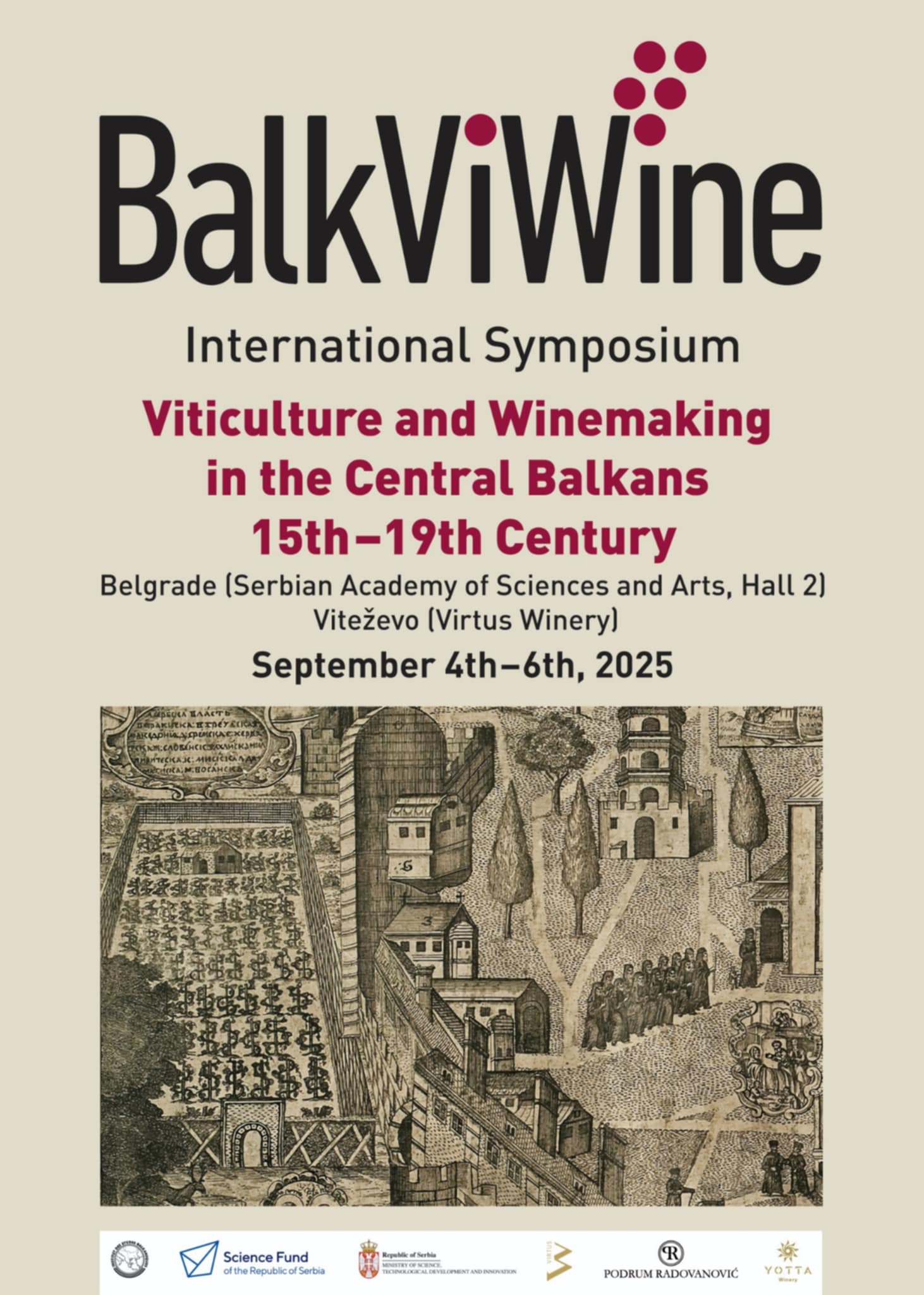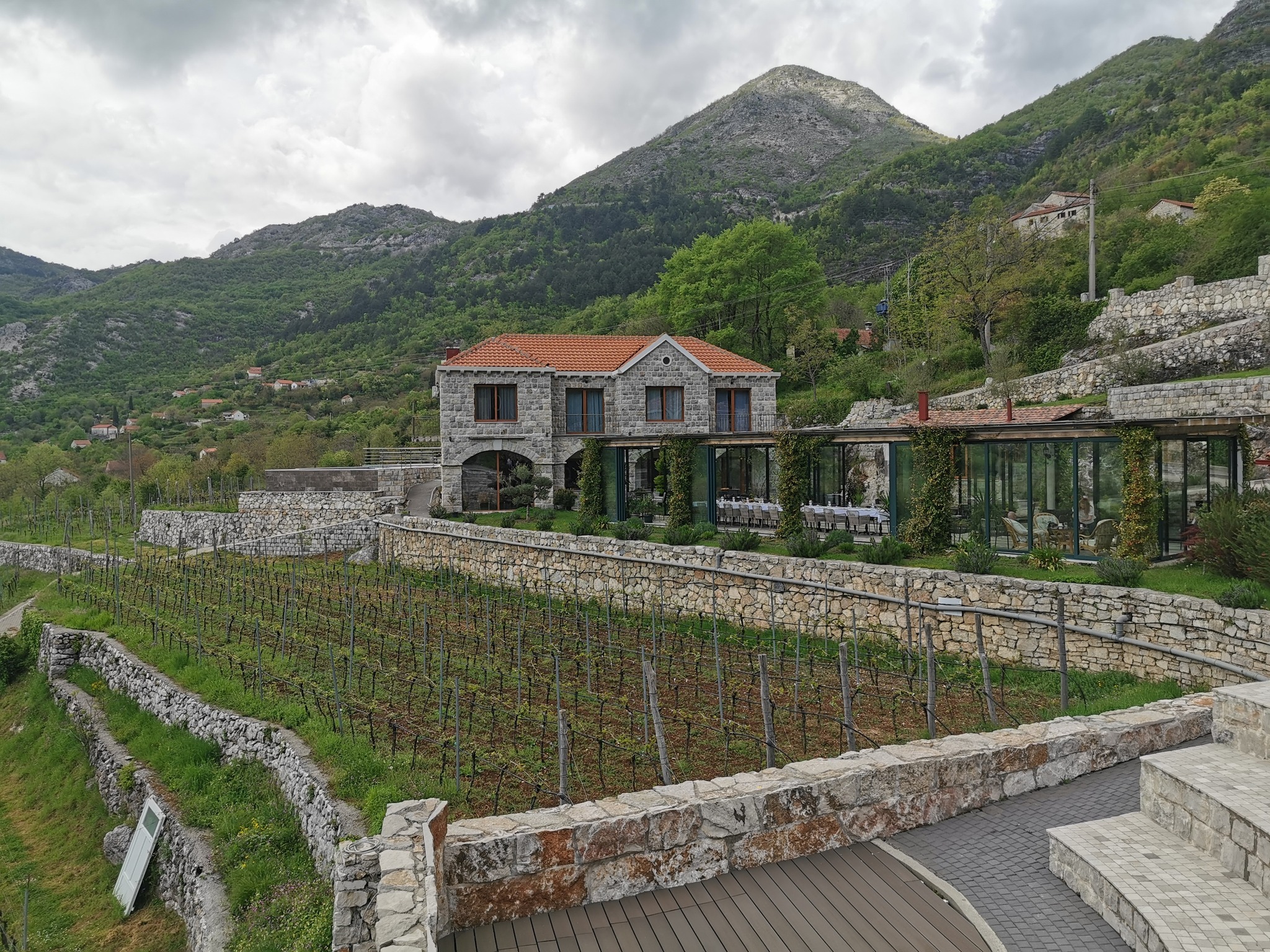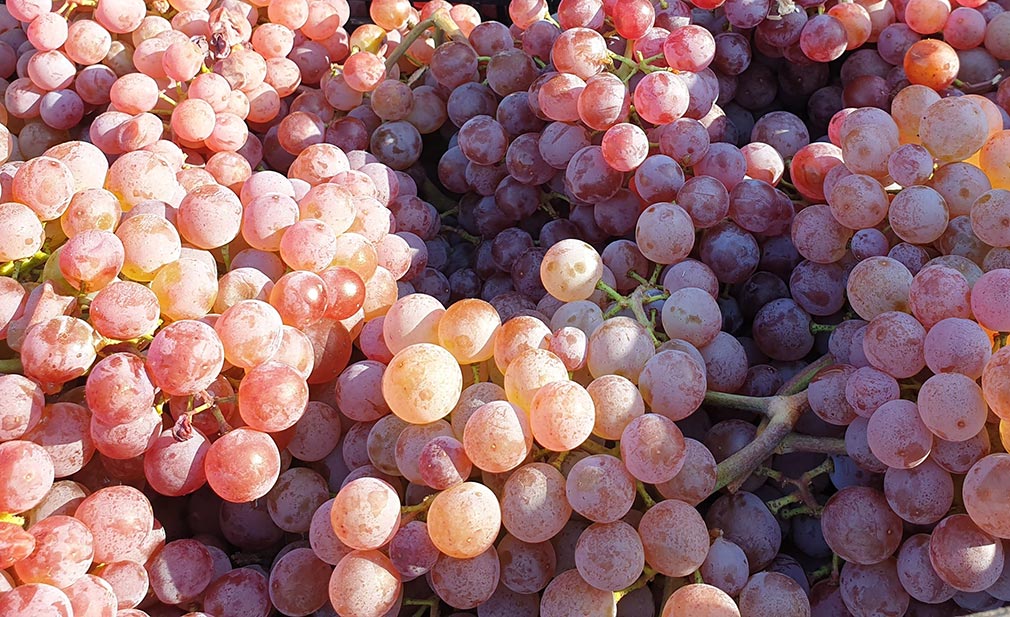News
News / 01/23/2021 / 2234
If you are a film buff, then you are certainly familiar with the scene from Bergman's film "Silence" (Tystnaden, 1963) in which the protagonist, Swedish actress Ingrid Thulin, winds down with music and Užice plum brandy. In the close-up, there is a bottle with a label of Užice plum brandy (Užička Šljivovica) written in prominent letters.

Indeed, there is no need to emphasize how important the entire region surrounding the city of Užice is for the production of šljivovica (plum brandy). It is no coincidence that there is a village called Šljivovica on Mt. Zlatibor. In the past, the best brandy in this area was made from Požegača (Madžarka) plums. The city of Užice also had its own brandy market in the 19th century, and the part of the city where it was located still bears that name (Rakijska Pijaca). In the second half of the 19th century and at the beginning of the twentieth century, Užice was a city of taverns and inns. Social life took place there, and the locals drank huge amounts of alcoholic beverages there. If we leave aside "rakija" (fruit brandy) and turn to wine, the inhabitants of Užice in those days consumed predominantly wines from nearby Čačak, Župa and Šumadija.
Željko Savić, a local farmer, wrote in 1893 that the wine from Mt. Jelica vineyards is drinkable and pleasant, of moderate quality. The vineyards in the vicinity of Čačak mostly occupy southeastern steep slopes, the soil is predominantly clay loam, but in some plots it is mixed with sand or limestone. Folk tradition has preserved records of Mt Jelica vineyards located in the vicinity of Čačak in the medieval times during the reign of the Nemanjić dynasty. According to folk songs, those vineyards in the villages of Banjica, Atenica, Loznica and Pakovraće were owned by "Ban Milutin" (Viceroy Milutin) of Požega. Vineyards on Mt. Jelica vineyards were never significant in terms of wine quantity, because the positions suitable for viticulture were scarce.
The largest part of Čačak valley resembled Požega valley. So, low terrains (valleys) close to the Morava river prevail, the land is composed of loam, mostly north facing slopes and frequent fog. The vineyards are planted at higher altitudes, away from the river. For that reason, Mt. Jelica wine (which was produced in small quantity) was typically consumed locally in the town of Čačak and in the neighboring Požega / Užice region.

Also, at the end of 19th century, local teachers testified that they came across a hundred-year-old abandoned vineyards during their tour of Užice and nearby villages, such as Orlovac and Štropac. These vineyards were destroyed in disputes between Turks and Serbs over ownership. so "both the Turks and the Serbs out of spite destroyed those vines so that they would not fall into the hands of the rival."
After phylloxera, when the renewal of Serbian vineyards began followed by increased market demand for wine, some rich landowners from Užice and Požega saw an opportunity to make money, despite the fact that they had no wine tradition in the family, nor the region from which they came had any vinegrowing history. Dragiša Lapčević (1867-1939), a famous Požega journalist and politician, left a testimony about the vineyards of Užice and Požega. He pointed out the momentum in development of winemaking after phylloxera throughout Serbia and stated that winemaking was the most progressive economic sector. Vineyards were planted all around the country and for these purposes considerable material resources and labor were allocated. In a few years, over 150,000 vines had been planted in Užice itself, and even more in other parts of the region.
The new winemakers from Užice did not pay much attention to the choice of grape variety, although they knew well consequences of phylloxera. Simply, the planting material was taken from the nearest Mt. Jelica vineyards. Lapčević singled out Milan F. Stanić (then editor of the Užice popular newspaper "Zlatibor" which dealt with local issues and problems of rural life) as an exception because he ordered vines grafted to American rootstock and planted them, and at the same time distributed to a few close friends who also planted vineyards.
Lapčević also described wines from Užice and Požega region. In terms of color and clarity, they didn't differ from Mt. Jelica wines (Čačak), which is not surprising considering that the vines were originally taken from Mt. Jelica vineyards. However, there was a difference in quality, and this could certainly be attributed to the unfavorable climate for grape growing. Namely, Lapčević called the local wine "Cevarika", and Cevarika is the local name for a weak, bad wine of poor quality. This term was most likely introduced in western Serbia from Dalmatia.
In 1893, several vineyards were planted in Užice and its surroundings. In Karan, for example, the largest vineyard was planted by the local priest Stevo Popović. The first vineyards appear around the town of Arilje as well. A local merchant from Arilje ordered 30,000 vines grafted on American rootstock directly from the Serbian Agricultural Society, but for unknown reasons, that order was not finalized. Due to proximity to Čačak and Mt. Jelica vineyards, viticulture first spread to the eastern parts of Požega, in the villages of Tučkovo, Gugalj, Prijanovići and Družetići. The grapes obtained from those villages were used for food and wine production. That is why a portion of fresh grapes usually went for sale in Užice and Požega, and owners of the vineyards made decent income from grape selling, whilst a limited quantity was processed into wine.

However, Užice region was better known for making "jabukovača" (apple cider) and "vodnjika". Jabukovača is a refreshing beverage containing 6-7 percent alcohol, that is, as we would call it today, apple cider. Until the beginning of the twentieth century, apple cider was typically produced and consumed in Užice and Mačva region in western Serbia. Another typical product was "vodnjika" that was made from various forest fruits and berries. The best vodnjika was made from wild pear (locally known as "takiša"). The fruit used for homemade vodnjika was: wild pear (takiša), wild apple, rose hip berries, juniper, wild strawberries, hawthorn berries, dogwood berries, sloe berries. This low-alcohol fruit drink was also called "fruit pickle".
Nowadays, Užice region mostly relies on its fruit brandy tradition. In the villages of Zlatibor district, every household still produces rakija (fruit brandy). Homemade rakija is usually served to guests at the table. However, the part of history related to other alcoholic drinks that were once common among local population should be preserved from oblivion. Only in that way, wine culture will not completely disappear in certain mountainous parts of Serbia, especially today when contemporary Serbian winemaking is on the rise.
However, the city of Užice is nowadays still waiting to get its first wine shop or wine bar open.
______________________________________________________
The article was originally published at online wine magazine www.vino.rs
https://www.vino.rs/blog/tomislav-ivanovic/item/3673-vinska-kultura-u-rakijskom-uzicu.html

Tomislav Ivanović
Awarded wine writer, wine critic and contributor to selected wine magazines. WSET3-certified author and editor-in-chief of www.vinopedia.rs. Member of Vojvodina Sommelier Association. Juror in national and international wine competitions. Lecturing about wines of Serbia and the Balkans. Local partner of Wine Mosaic organization. Co-founder of International Prokupac Day.

Pročitajte i druge članke iz ove rubrike:


BALKVIWINE 2025 BEOGRAD
PROČITAJ VIŠE


KRATOŠIJA PROBUDILA CRNOGORSKE VINARE
PROČITAJ VIŠE


VINOPEDIA TOP 10 2024
PROČITAJ VIŠE


GIUAANI - VINSKI TURIZAM NA GRUZIJSKI NAČIN
PROČITAJ VIŠE


SPASIMO STARE VINOGRADE SRBIJE
PROČITAJ VIŠE
Winner MILLESIMA BLOG AWARD 2016

Pobednik MILLESIMA BLOG AWARD 2016
VINO & FINO wine personality of the year 2016

VINO & FINO vinska ličnost godine 2016